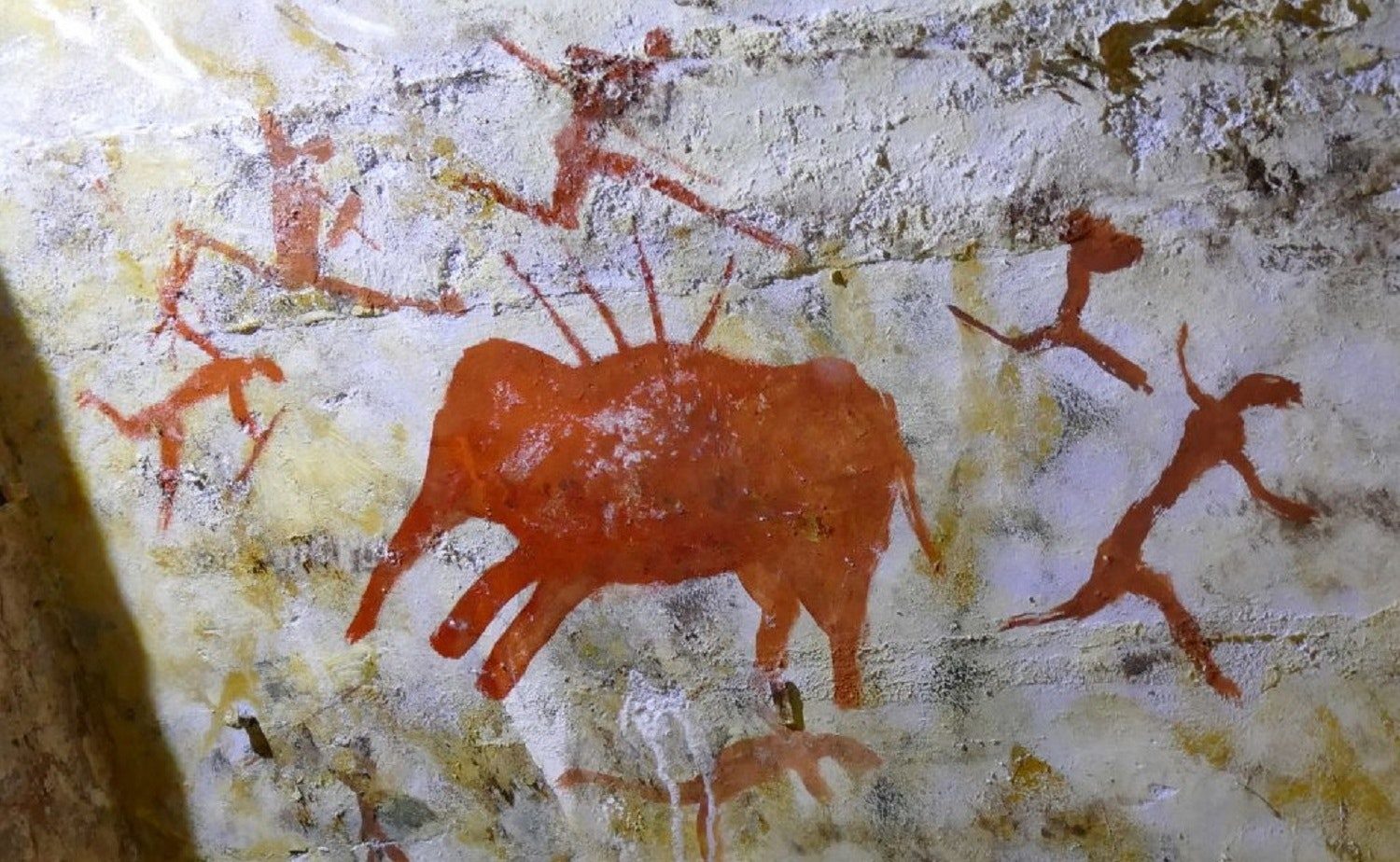
That's according to a study published in the European Journal of Archaeology, which analysed 5000-to-8000-year-old graves on the Iberian Peninsula.
Accounts of historical gender inequalities have largely focused on written records. Work by the historian Gerda Lerner in the early 1990s, for instance, found that by the second century BCE gender inequalities were already entrenched in middle eastern societies.
Lerner figured that the cultural practice of valuing men over women arose some time in pre-history, before written records emerged.
Archaeologists Marta Cintas-Peña and Leonardo García Sanjuán from the University of Seville in Spain decided to plumb the archaeological record to find out if she was right.
Twenty-one sites, which together contained the remains of more than 500 individuals buried in everything from individual tombs to pit graves and collective cave burials, were analysed.
The majority of the bodies were of an undetermined sex, many of them children. Nevertheless, of the 198 whose sex was known, men were over-represented. For every female grave, there were 1.5 male graves. Children were also less common than would be expected.
"The quantity of males cannot be natural," says Cintas-Peña, suggesting that there was a cultural element skewing the record. Women and children might not have been afforded the same likelihood of receiving a formal burial as a male in Neolithic society.
The types of objects that an individual was buried with also differed. Men were more likely to be buried with arrowheads and other projectiles, women with ceramics.
Men were also over-represented in cave art from the time - most often in scenes depicting hunting and war - and were more likely than females to have signs of injury or a violent death.
"All of the evidence that we found in some way linked to the predominance of men in terms of violence," says Cintas-Peña. "There was a difference in power and this difference in power maybe was based in the use of violence by males."
But there were lots of similarities, too. The very best graves at any given site, for instance, didn't always belong to a man, so males didn't enjoy outright dominance at the expense of women.
The findings could put to rest debates about whether gender inequalities are determined by biological differences, or are a facet of human culture, according to Cintas-Peña.
"If we can say that gender inequality began in the Neolithic, or in the Copper Age or in any period, it means that it's something cultural, it's not something biologically determined," she says.
The emergence of gender differences was likely just one of many profound changes that took place in Neolithic societies, along with social inequalities that arose as people started to accumulate private property, adds Cintas-Peña.
"Gender inequality in my opinion had a really central role in the origin of social complexity," she says.
Not everyone is convinced.
"I would argue that anthropological research can provide much more clues about the origins of gender inequality," says archaeologist Francisco Almeida from the Taungurung Clans Aboriginal Corporation (TCAC) in Victoria, Australia, who was not involved in the study.
Still, Cintas-Peña believes the differences her study has uncovered are enough to warrant a closer look at other archaeological sites from the Neolithic for additional evidence.
Understanding its origins could also help us better understand the inequalities that plague modern society, she adds: "If we know the origins of gender inequality, we have more tools to confront it."



Take Sweden for example. A kingdom that has existed for hundreds of years. Now. Only about ten years ago it got its first feminist government. And see the result! The whole country is at the edge of total collapse.